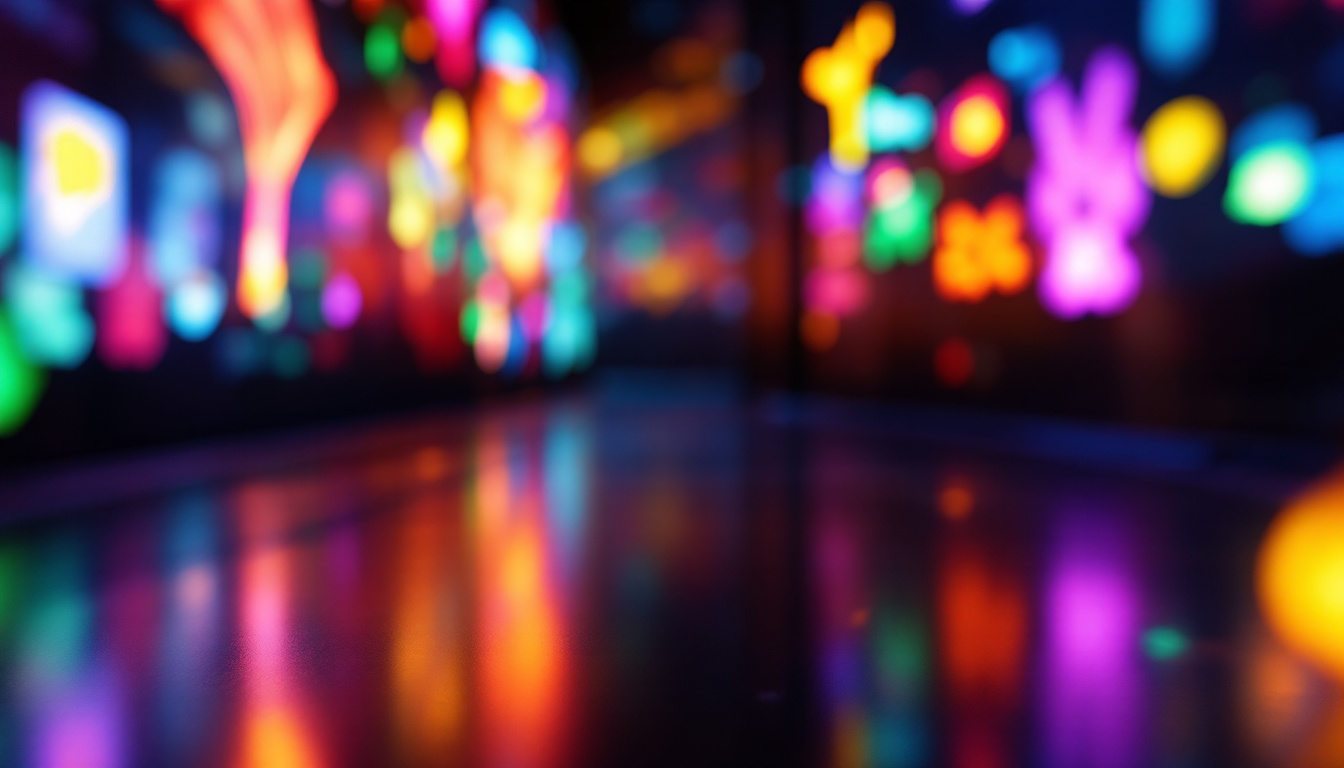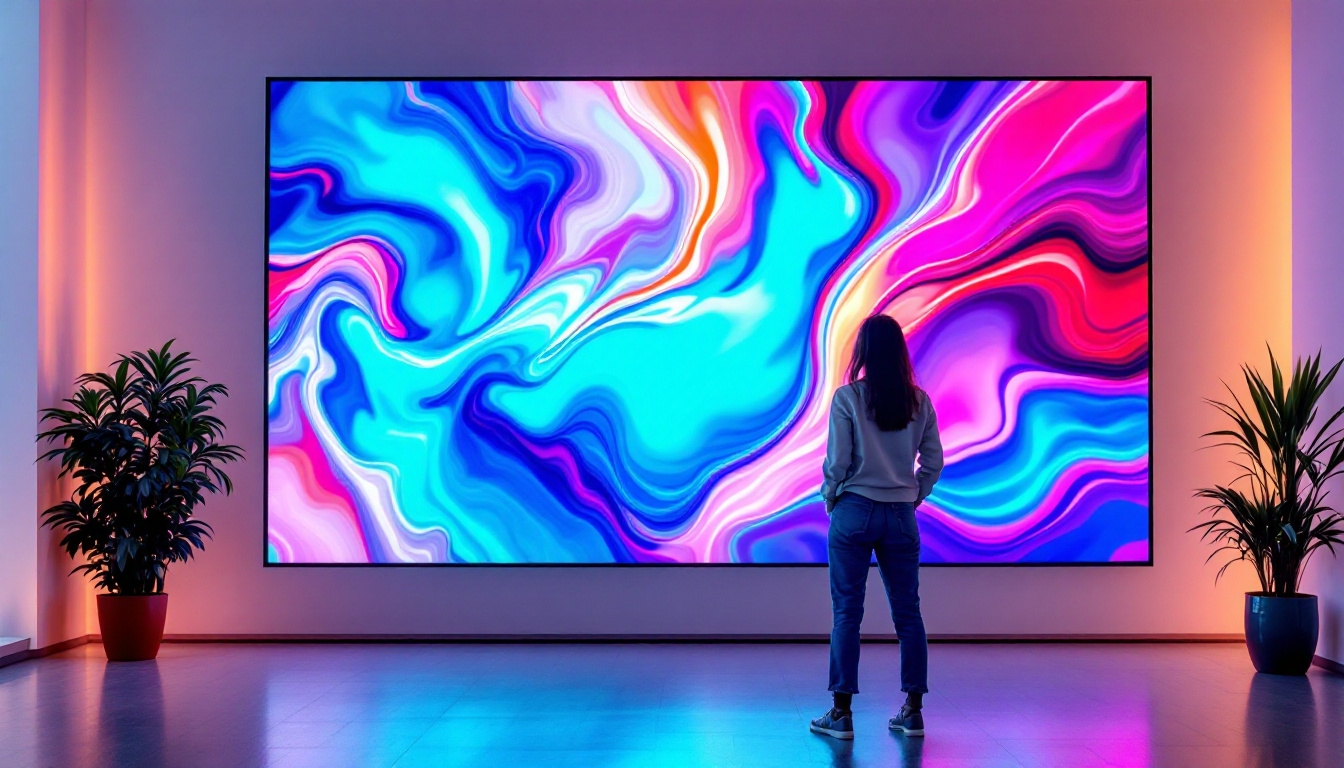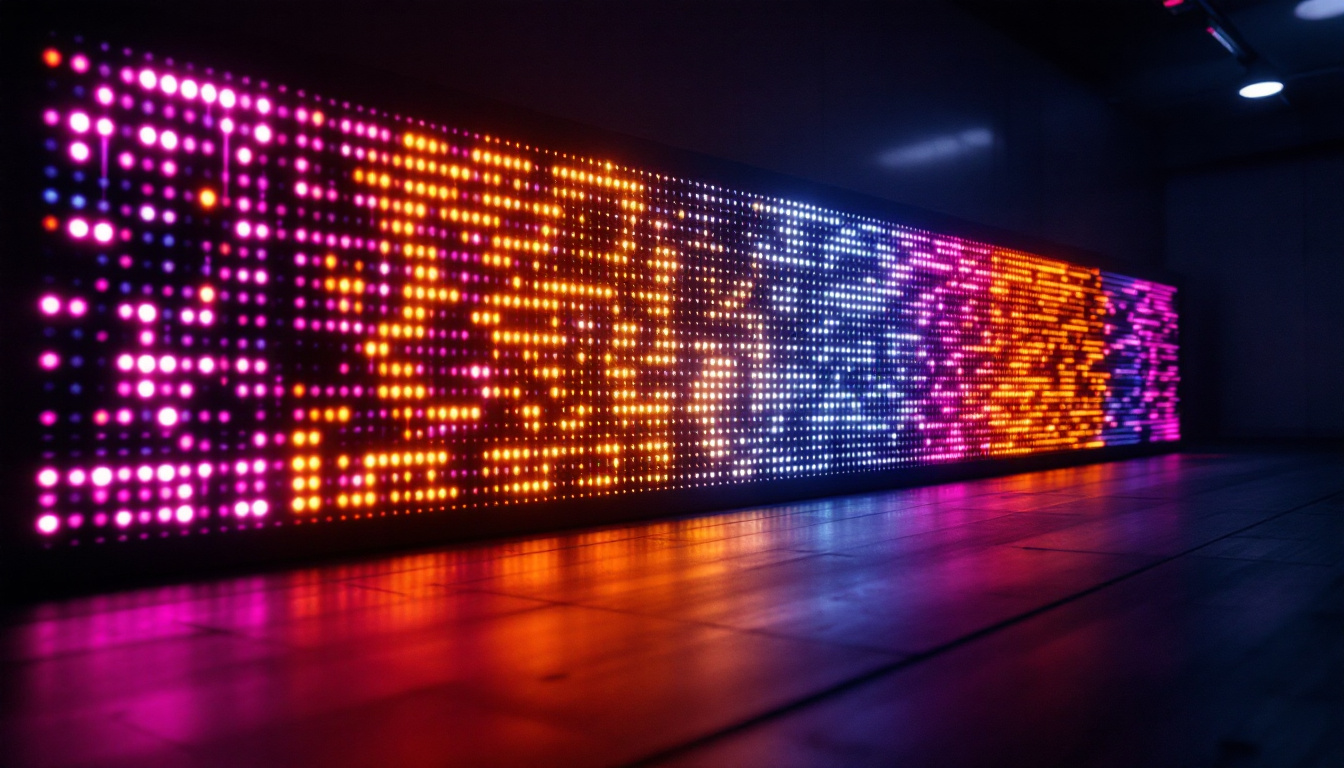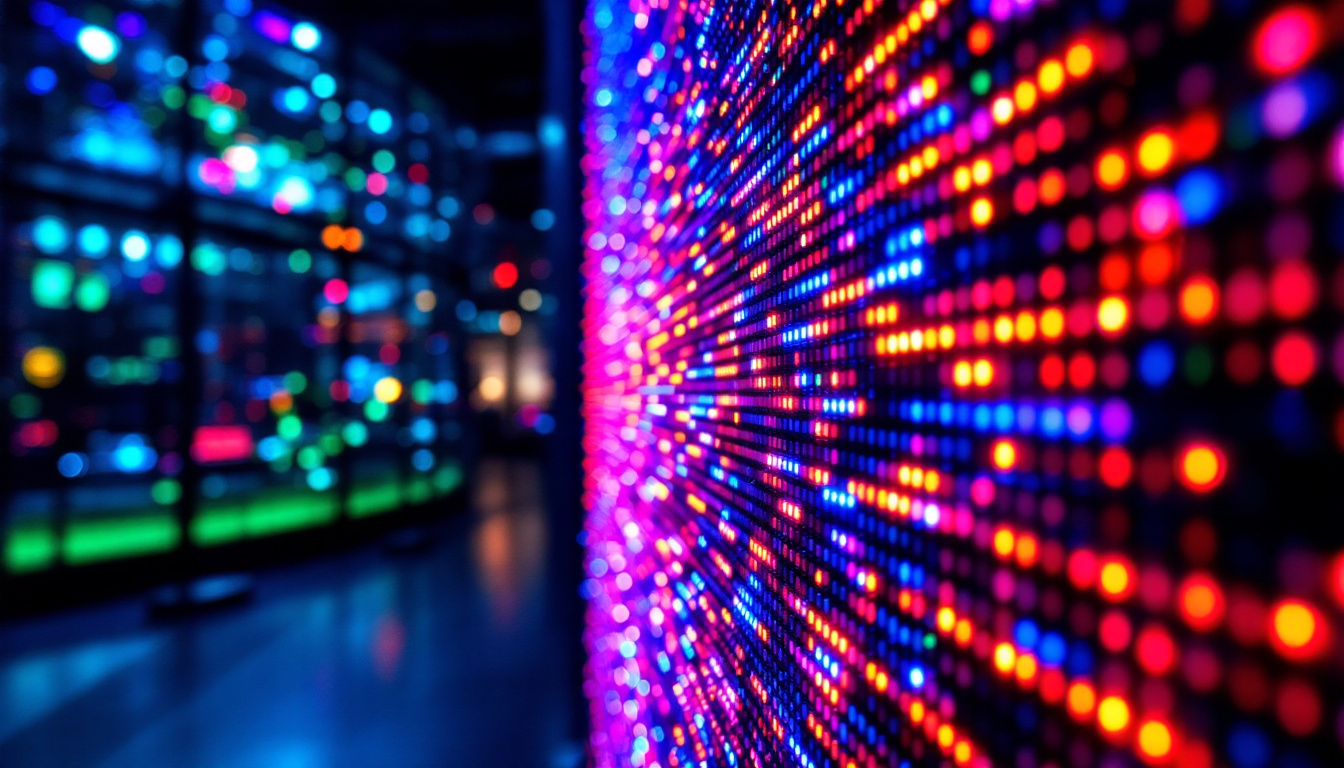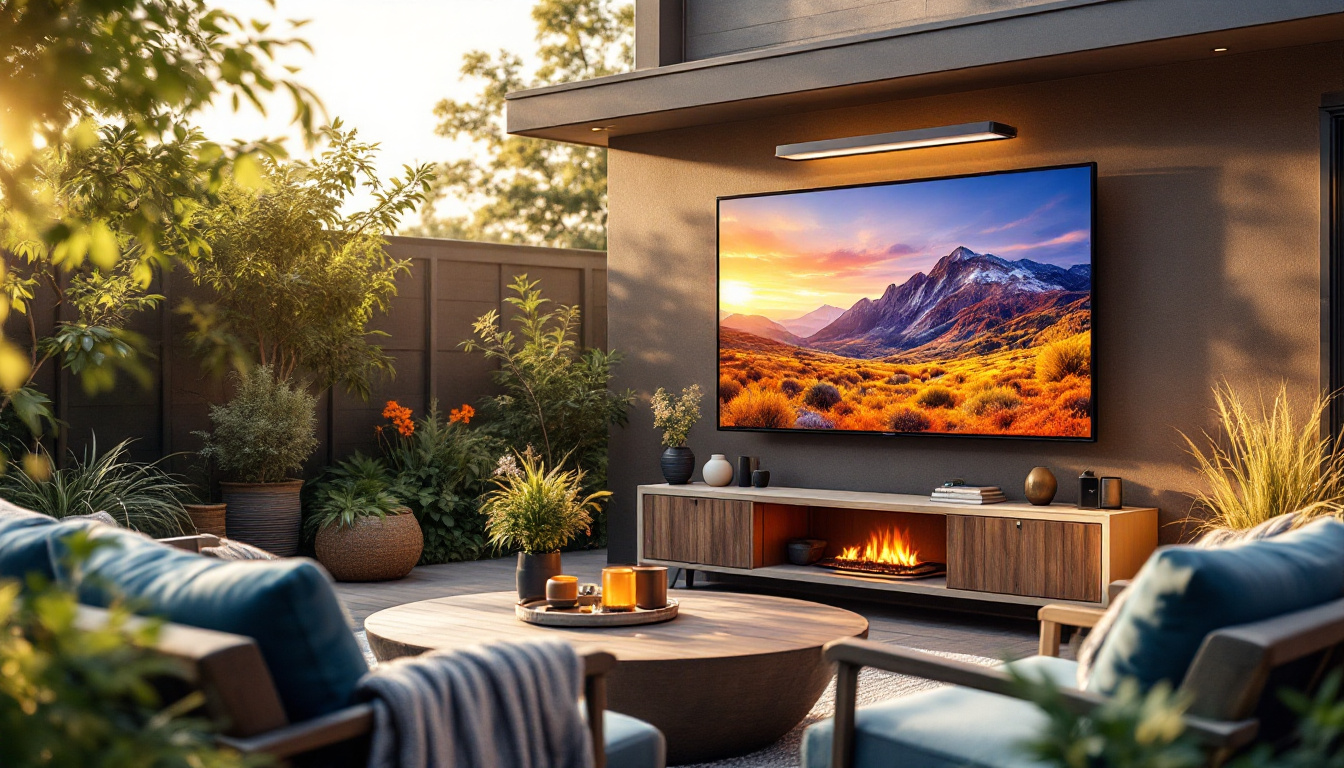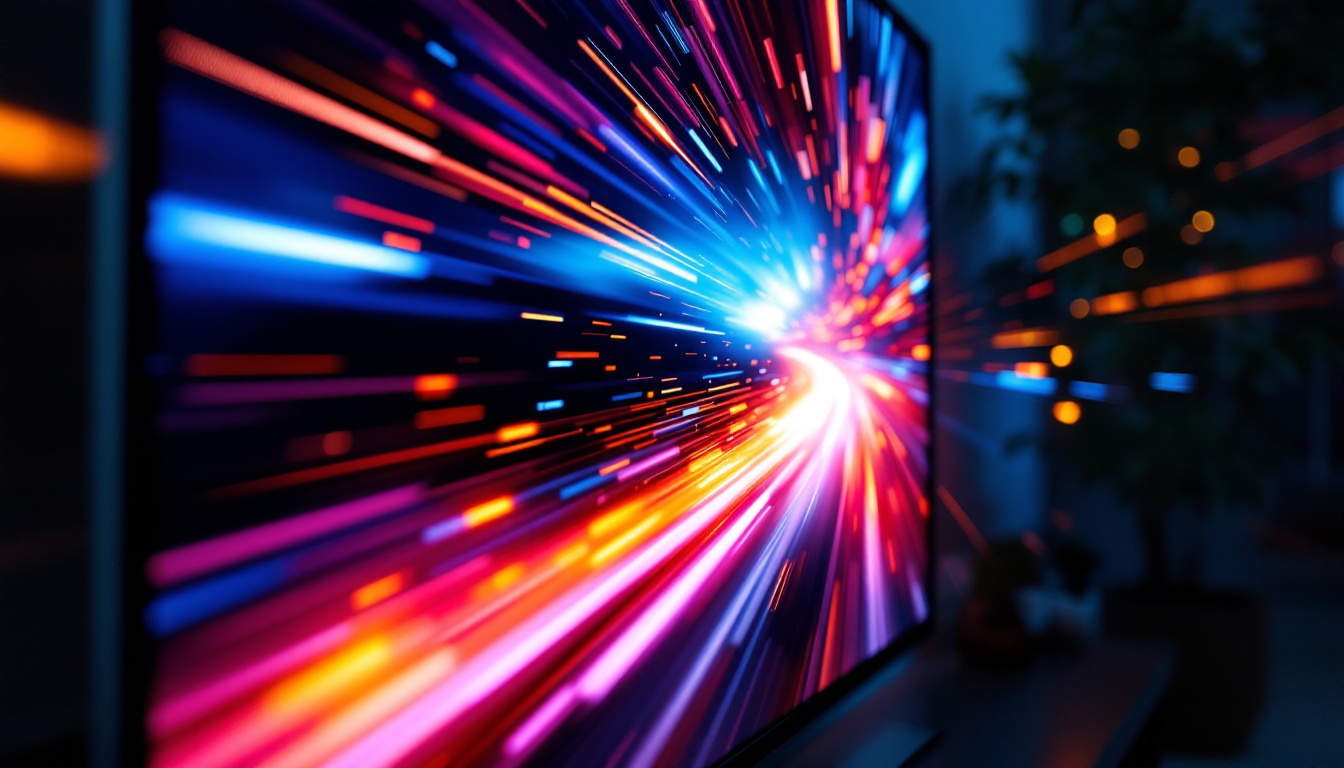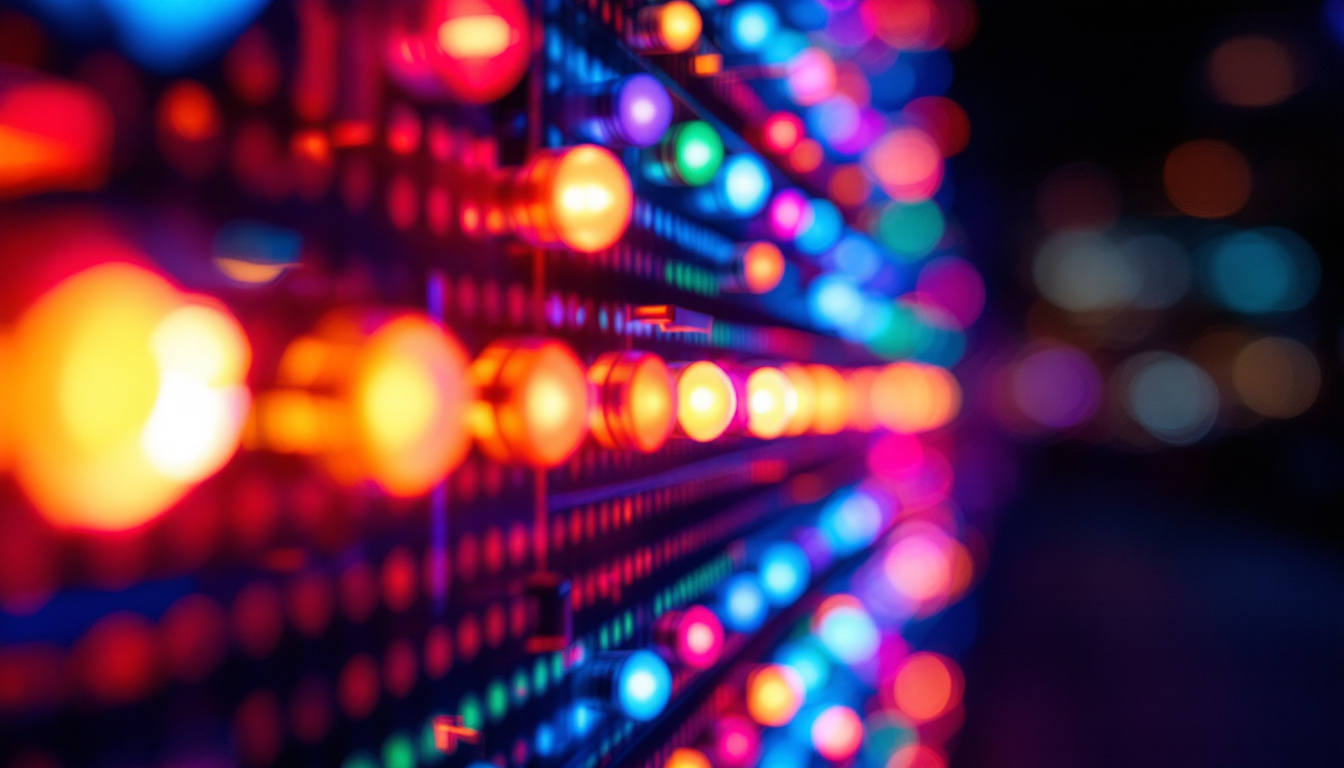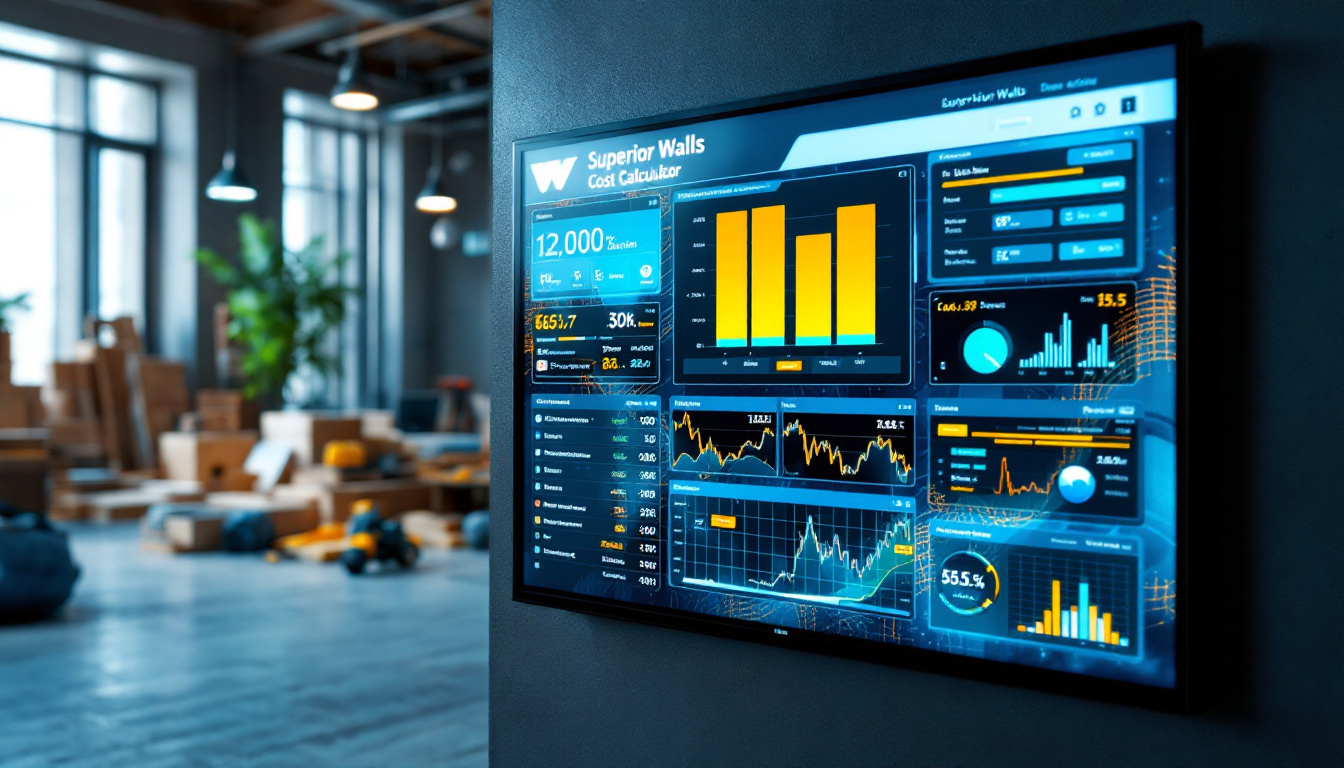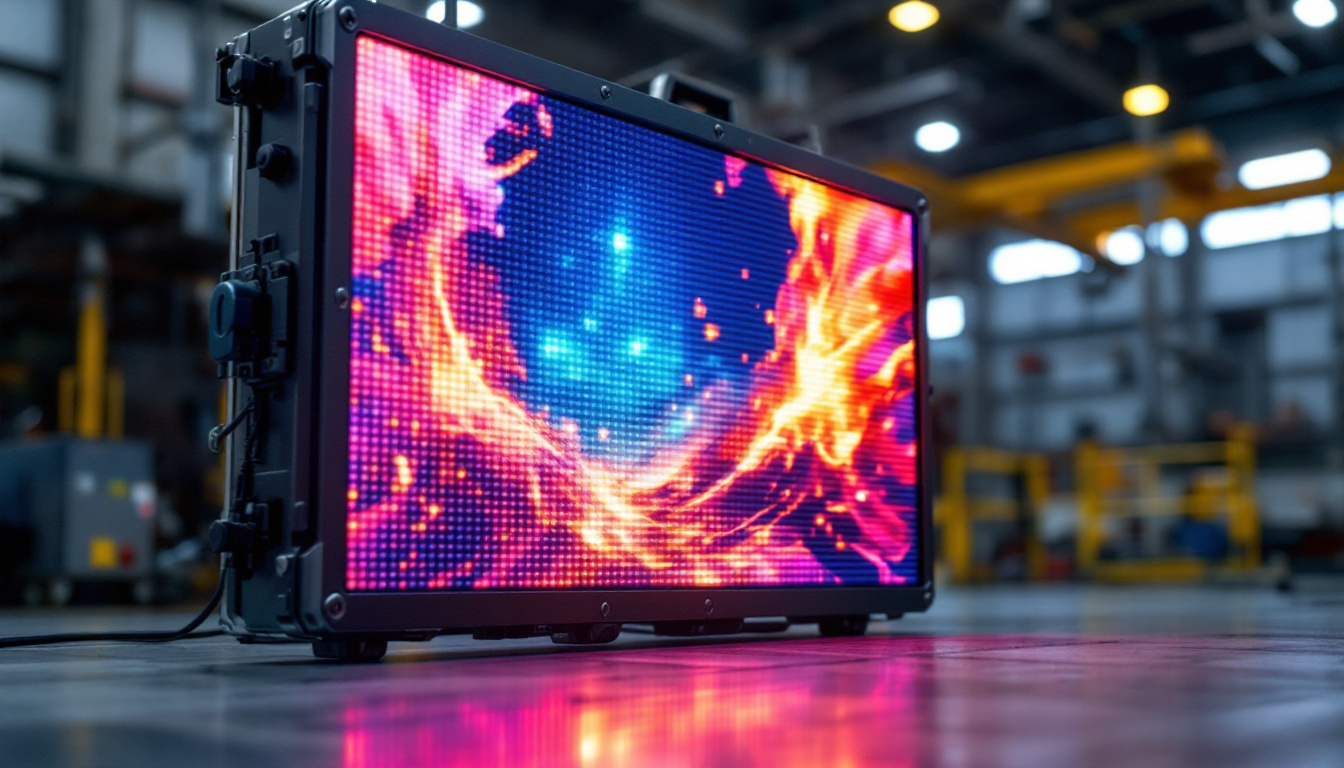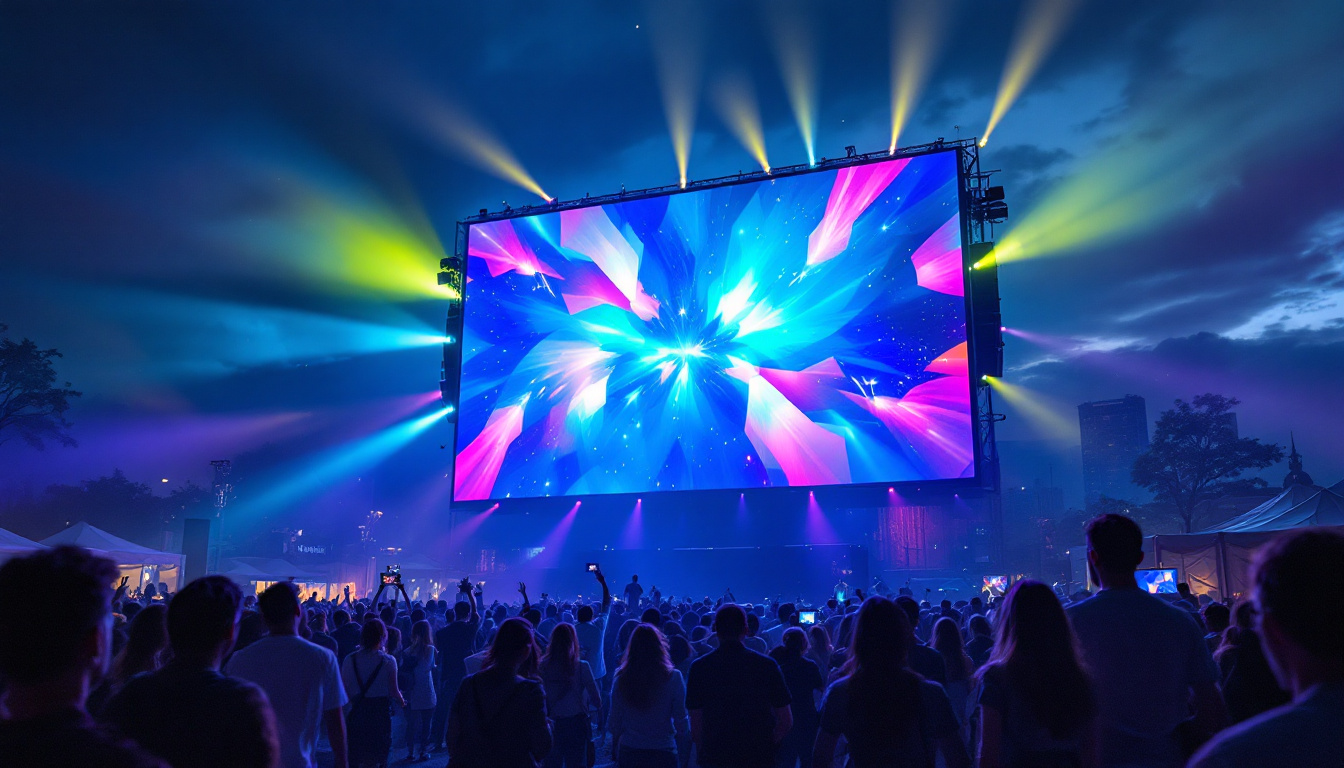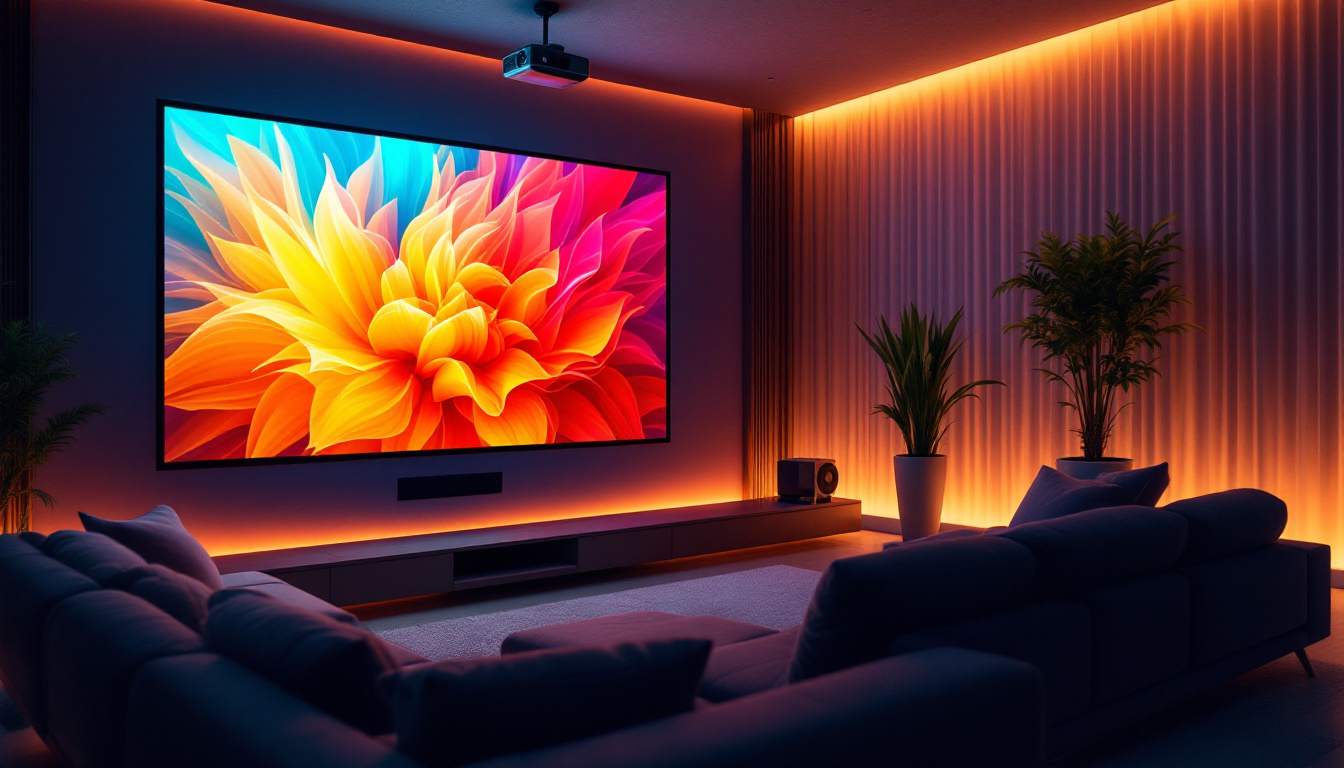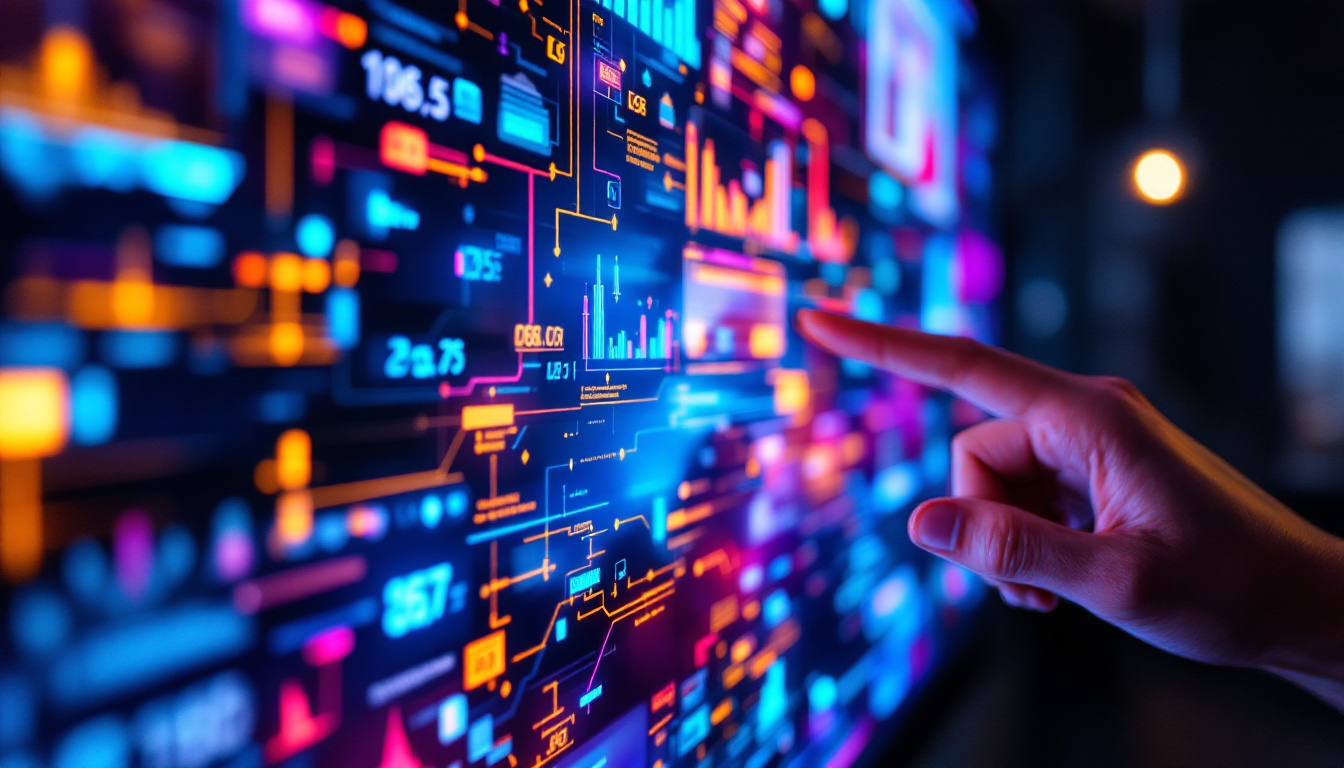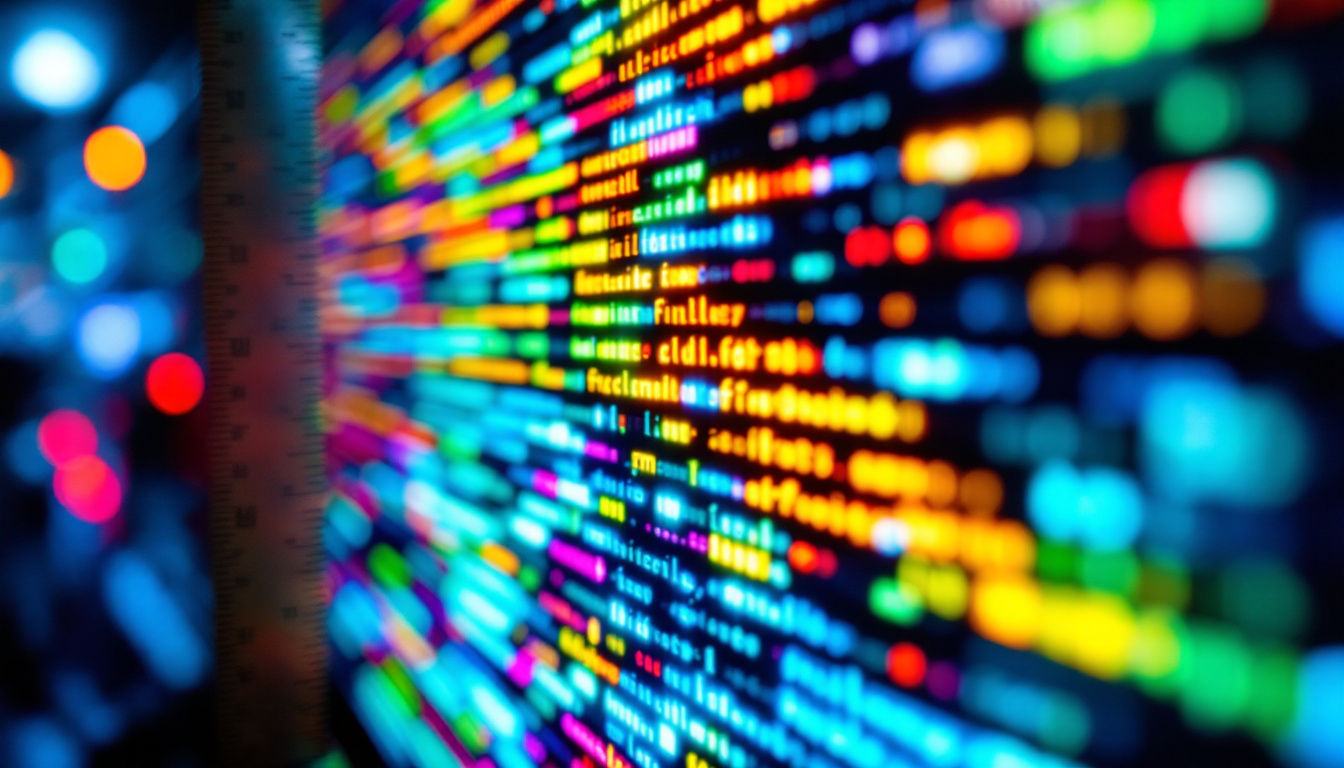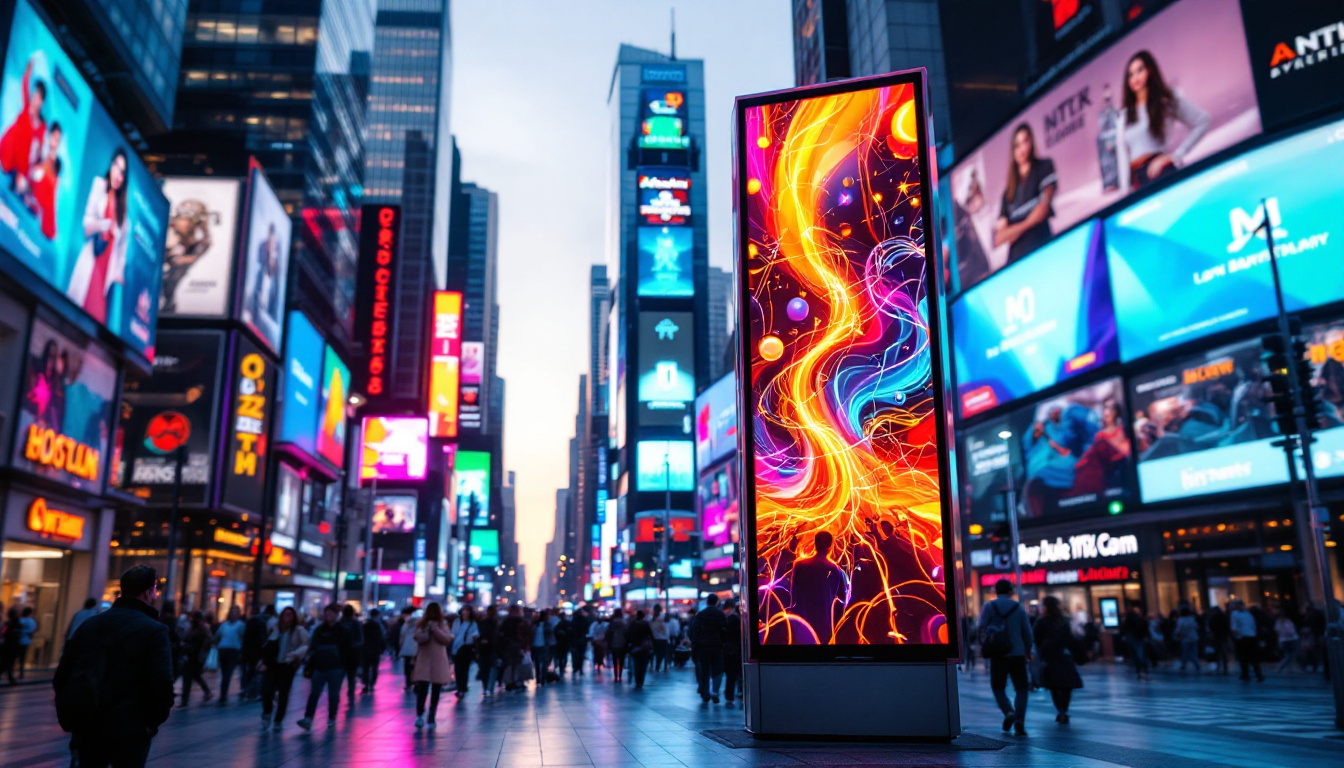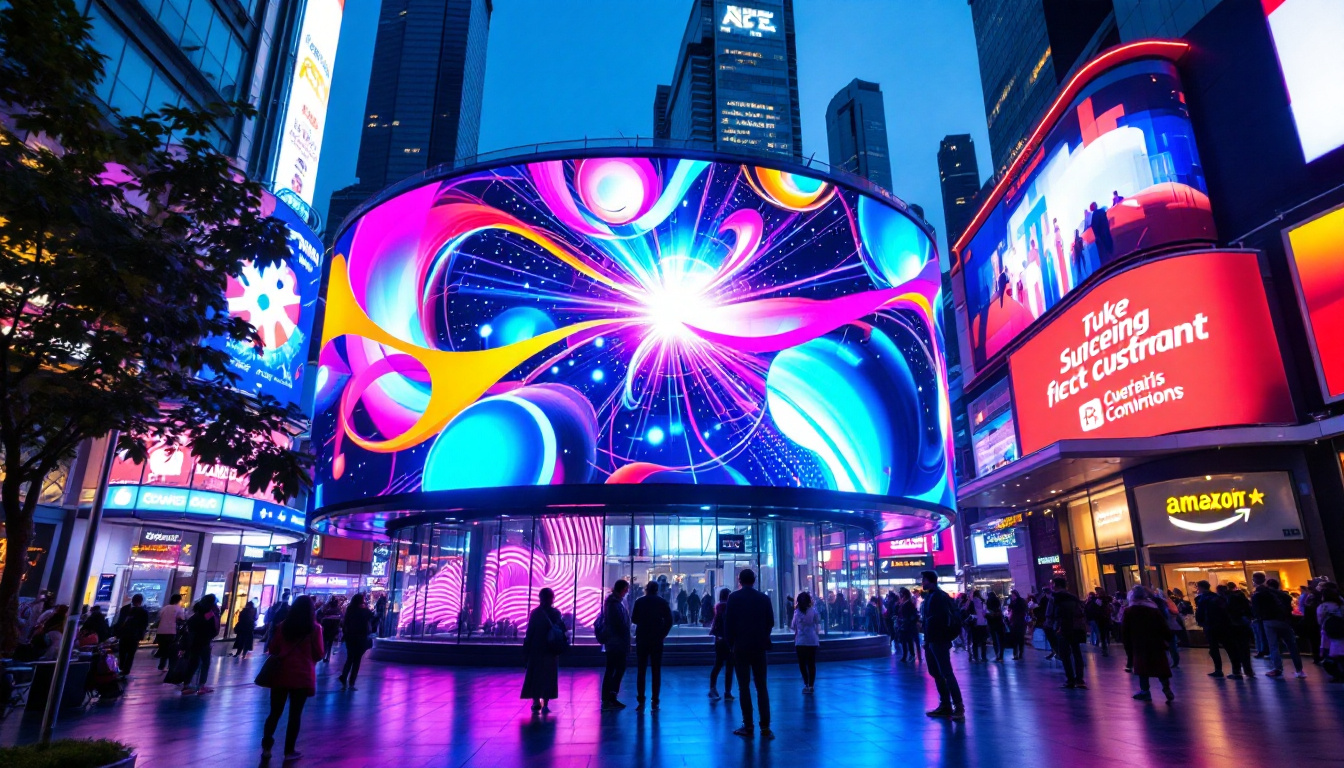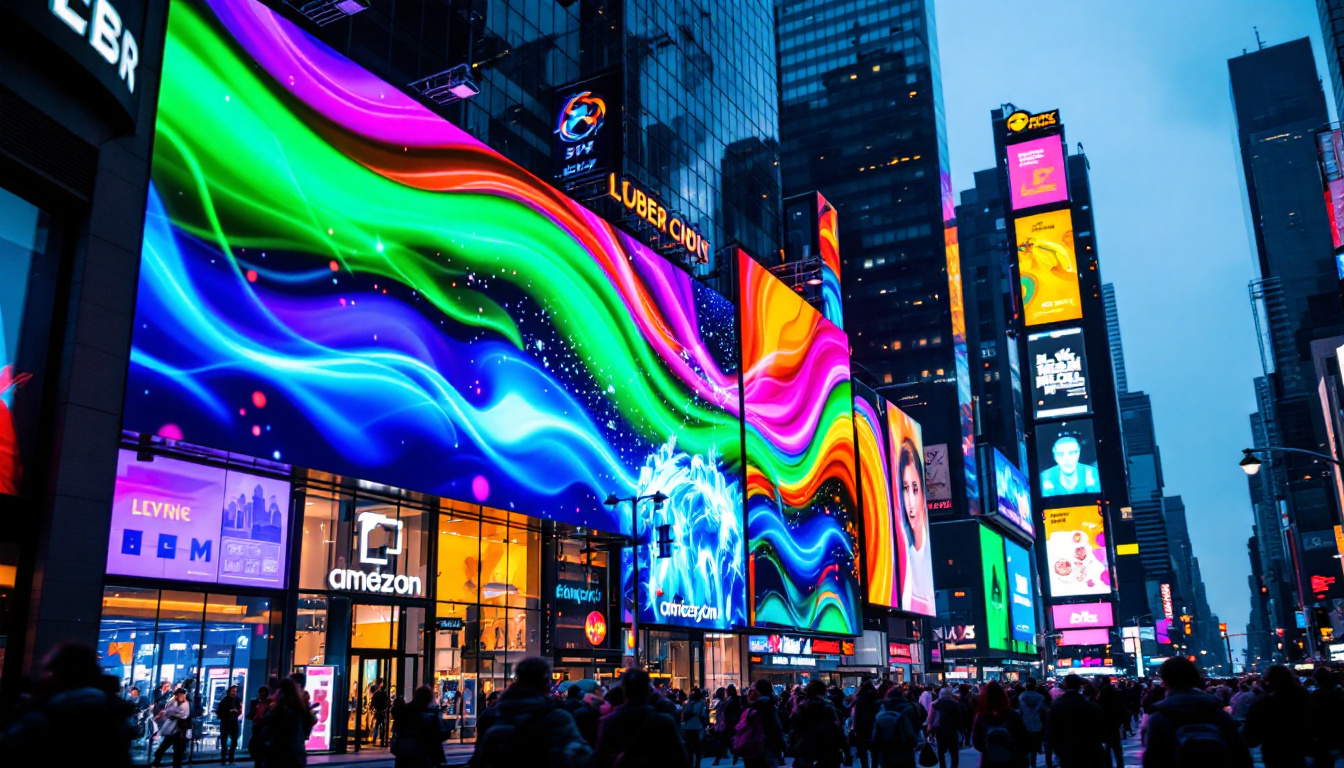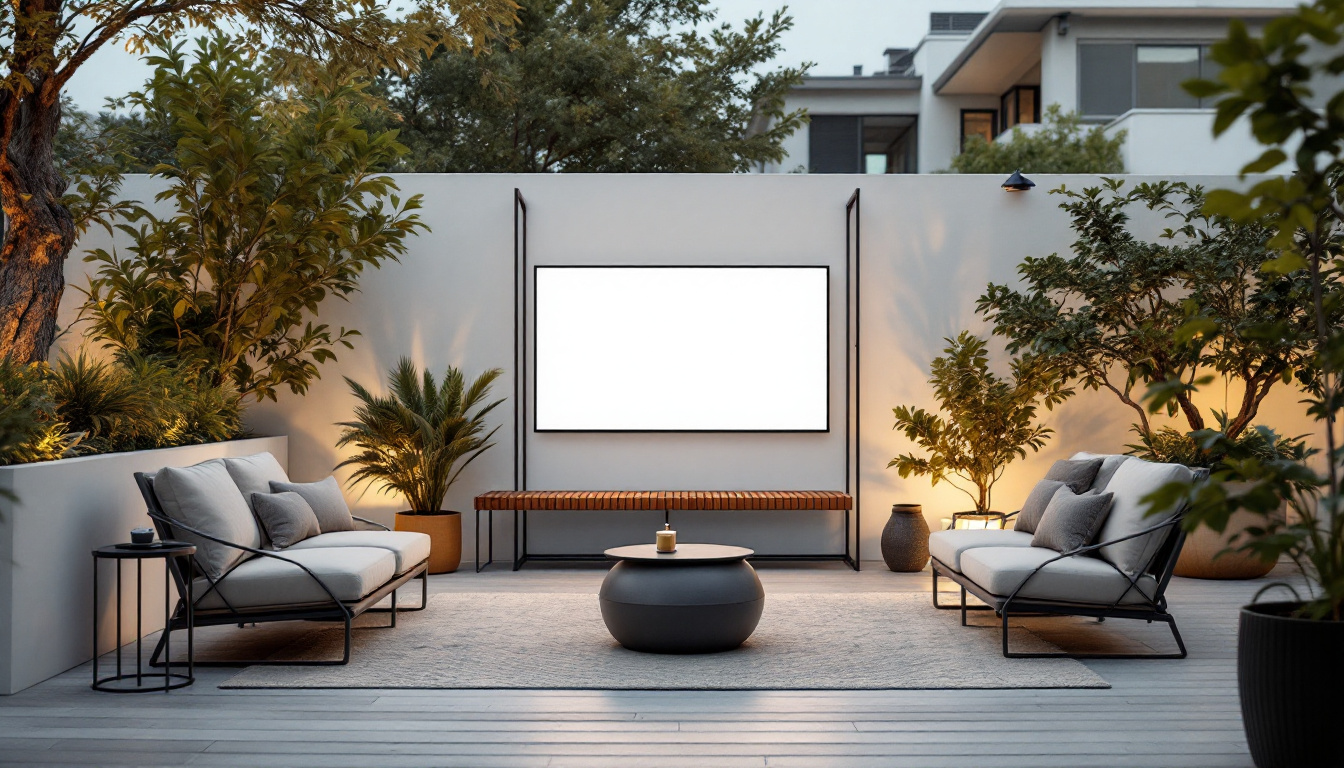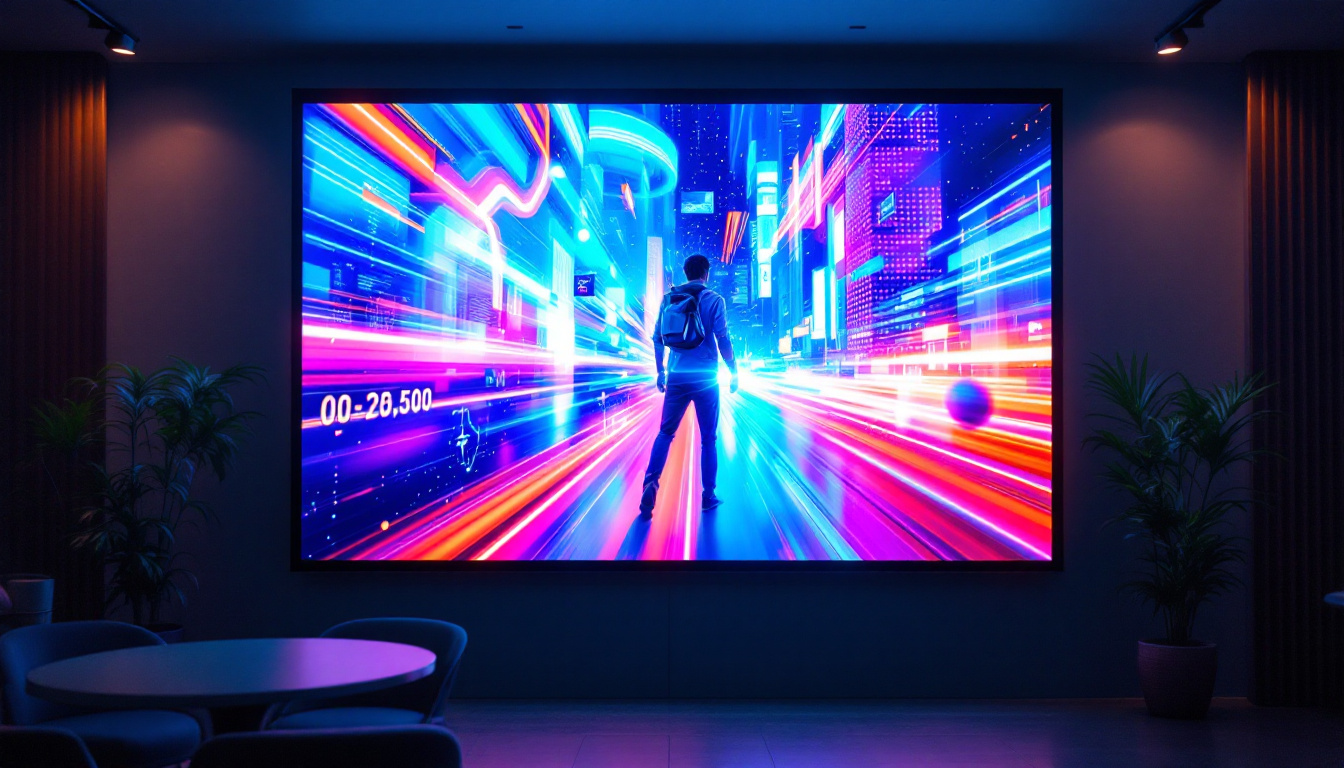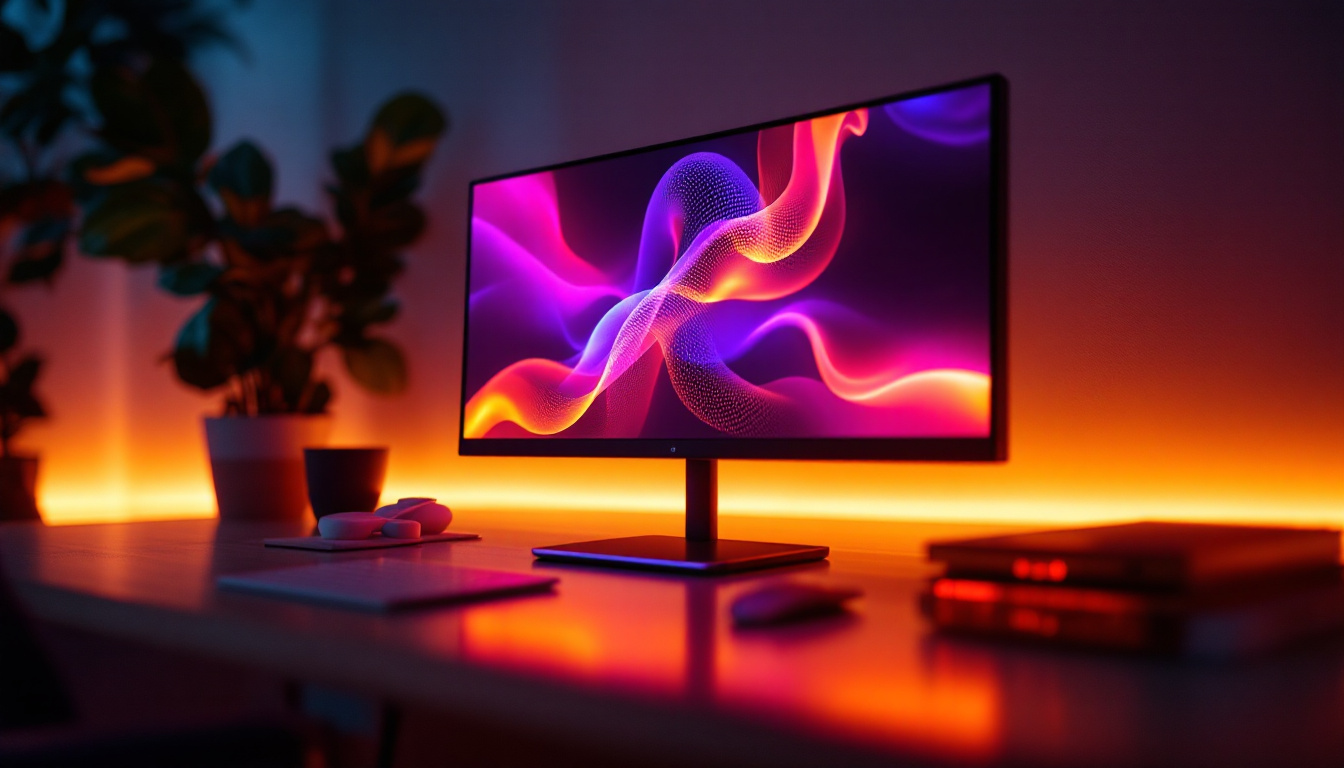In an age where visual communication is paramount, LED displays have emerged as a transformative technology in various sectors. From advertising to information dissemination, their versatility and vibrancy captivate audiences. This article delves into the intricacies of LED displays, exploring their functionality, applications, and the technology behind them.
Understanding LED Technology
Light Emitting Diodes (LEDs) are semiconductor devices that emit light when an electric current passes through them. This technology has revolutionized the way displays are created and utilized. Unlike traditional incandescent bulbs, LEDs are energy-efficient, have a longer lifespan, and offer superior brightness and color quality. The shift towards LED technology is not just a trend; it represents a significant advancement in lighting solutions that cater to both environmental sustainability and technological innovation.
The Basics of LED Operation
At the core of an LED display is the principle of electroluminescence. When electrons recombine with holes within the semiconductor material, energy is released in the form of photons, producing light. This process is not only efficient but also allows for a wide range of colors, depending on the materials used in the semiconductor. The ability to fine-tune the semiconductor composition enables manufacturers to create LEDs that emit specific wavelengths of light, which can be combined to produce millions of colors. This versatility is a key factor in the widespread adoption of LED technology across various industries, from consumer electronics to automotive lighting.
LEDs can be categorized into two main types: active and passive matrix displays. Active matrix displays have individual control for each pixel, allowing for greater resolution and color depth. In contrast, passive matrix displays share control lines among pixels, which can limit their performance but are simpler and less expensive to manufacture. The choice between these two types often depends on the intended application, with active matrix displays being favored for high-resolution environments such as smartphones and televisions, where image quality is paramount.
Types of LED Displays
LED displays come in various forms, each tailored for specific applications. The most common types include:
- Direct View LED Displays: These displays consist of individual LEDs arranged in a grid, providing high brightness and excellent visibility even in daylight. They are particularly popular in outdoor advertising and large venues where visibility from a distance is crucial.
- LED Video Walls: Composed of multiple LED panels, video walls are used for large-scale presentations and events, offering stunning visuals that can be customized for any occasion. These setups are often seen in concert venues, sports arenas, and trade shows, where dynamic content and high-impact visuals are essential for audience engagement.
- LED Backlit Displays: Often found in televisions and computer monitors, these displays use LEDs to illuminate LCD panels, enhancing contrast and color accuracy. The backlighting technology has evolved significantly, with options like edge-lit and full-array backlighting, each providing different levels of brightness and uniformity to improve the viewing experience.
In addition to these common types, there are also specialized LED displays such as transparent LED screens, which allow for innovative advertising solutions without obstructing views, and flexible LED panels that can be shaped to fit unique designs, making them ideal for creative installations. As technology continues to advance, the applications of LED displays are expanding, leading to new possibilities in architecture, art, and interactive media.
Applications of LED Displays
The versatility of LED displays makes them suitable for a wide range of applications. From commercial advertising to public information systems, their impact is significant and far-reaching.
Advertising and Marketing
One of the most prominent uses of LED displays is in advertising. Digital billboards and signage have become commonplace in urban environments, capturing the attention of passersby with dynamic content that can be updated in real-time. This adaptability allows businesses to promote sales, events, and brand messages effectively.
Moreover, LED displays can be strategically placed in high-traffic areas, maximizing visibility and engagement. The ability to display vibrant colors and high-resolution images ensures that advertisements stand out, making them more likely to be remembered by consumers.
Information Dissemination
LED displays are also widely used for information dissemination in various sectors. Transportation hubs, such as airports and train stations, utilize LED screens to convey real-time information about schedules, delays, and other essential announcements. Their high visibility ensures that travelers can easily access important updates.
In educational institutions, LED displays serve as effective communication tools, providing students and staff with timely information about events, schedules, and emergency alerts. This application enhances the overall learning environment by keeping everyone informed and engaged.
Entertainment and Events
The entertainment industry has embraced LED technology with open arms. Concerts, festivals, and sporting events frequently feature LED displays to enhance the audience experience. These displays can be used to showcase live feeds, graphics, and animations, creating an immersive atmosphere that captivates attendees.
Furthermore, LED screens can be integrated into stage designs, allowing for creative visual storytelling. This innovation has transformed the way performances are presented, making them more dynamic and engaging for audiences.
The Advantages of LED Displays
LED displays offer numerous advantages over traditional display technologies, making them a preferred choice for many applications. Understanding these benefits can help organizations make informed decisions when considering display solutions.
Energy Efficiency
One of the most significant advantages of LED displays is their energy efficiency. Compared to traditional lighting technologies, LEDs consume significantly less power, resulting in lower energy bills and a reduced carbon footprint. This efficiency is particularly beneficial for businesses that operate large-scale displays, as the savings can be substantial over time.
Moreover, the longevity of LED technology means fewer replacements are needed, further contributing to energy savings and sustainability efforts. With a lifespan of up to 100,000 hours, LEDs outlast traditional bulbs by a considerable margin.
Brightness and Visibility
LED displays are known for their exceptional brightness, making them suitable for various lighting conditions. Whether in direct sunlight or low-light environments, LED screens maintain their visibility, ensuring that content remains clear and engaging.
This capability is particularly important for outdoor applications, where traditional displays may struggle to compete with ambient light. The high contrast ratios of LED displays also enhance image quality, making them ideal for displaying detailed graphics and videos.
Flexibility and Customization
Another advantage of LED displays is their flexibility in design and configuration. They can be manufactured in various shapes and sizes, allowing for creative installations that fit specific spaces and requirements. This adaptability makes them suitable for everything from small retail displays to massive stadium screens.
Additionally, the ability to customize content in real-time provides organizations with the opportunity to tailor messages to their audience. This dynamic capability ensures that information remains relevant and engaging, fostering a stronger connection with viewers.
Challenges and Considerations
While LED displays offer numerous benefits, there are also challenges and considerations that organizations must address when implementing this technology. Being aware of these factors can help ensure successful integration and operation.
Initial Costs
The initial investment for LED displays can be significant, particularly for larger installations. Organizations must weigh the upfront costs against the long-term savings and benefits that LED technology provides. Budget planning and financial forecasting are essential to ensure that the investment aligns with organizational goals.
However, it is important to consider the total cost of ownership, which includes maintenance, energy savings, and the longevity of the displays. In many cases, the long-term benefits of LED displays outweigh the initial costs, making them a worthwhile investment.
Technical Expertise
Implementing LED displays often requires specialized technical knowledge for installation, maintenance, and content management. Organizations may need to invest in training for staff or hire external experts to ensure that the displays function optimally.
Additionally, ongoing maintenance is crucial to keep the displays in top condition. Regular inspections and timely repairs can prevent costly downtime and ensure that content is always displayed as intended.
Environmental Considerations
While LED technology is generally more environmentally friendly than traditional lighting, it is essential to consider the entire lifecycle of the product. Proper disposal and recycling of LED displays at the end of their lifespan are critical to minimizing environmental impact.
Organizations should seek out manufacturers that adhere to sustainable practices and offer recycling programs for their products. This commitment to sustainability not only benefits the environment but also enhances the organization’s reputation among environmentally conscious consumers.
The Future of LED Displays
The future of LED displays is bright, with ongoing advancements in technology and applications. As industries continue to evolve, LED displays will play an increasingly vital role in shaping communication and engagement strategies.
Innovations in Technology
Emerging technologies such as MicroLED and OLED are set to revolutionize the display landscape further. MicroLED technology, which utilizes tiny individual LEDs, offers even greater resolution and color accuracy, paving the way for stunning visual experiences.
On the other hand, OLED displays provide exceptional contrast ratios and color depth, making them ideal for high-end applications. As these technologies mature, they will likely become more accessible and affordable, expanding their use in various sectors.
Integration with Smart Technology
The integration of LED displays with smart technology is another trend that is gaining momentum. As the Internet of Things (IoT) continues to grow, LED displays can be connected to various devices and systems, enabling real-time data sharing and interactivity.
This connectivity allows for more dynamic content delivery and enhanced user experiences. For instance, smart LED displays can adjust their brightness based on ambient light conditions or display personalized content based on viewer demographics.
Enhanced Interactivity
As audience engagement becomes increasingly important, the demand for interactive LED displays is on the rise. Touch-sensitive screens and augmented reality features can create immersive experiences that captivate viewers and encourage participation.
These interactive displays can be utilized in various settings, from retail environments to educational institutions, fostering a more engaging and memorable experience for users. The potential for creativity and innovation in this area is vast, promising exciting developments in the years to come.
Conclusion
LED displays have transformed the way information is communicated and experienced across various sectors. Their energy efficiency, brightness, and versatility make them an invaluable tool for businesses, educators, and entertainers alike. While there are challenges to consider, the benefits and potential of LED technology far outweigh the drawbacks.
As advancements continue to shape the future of LED displays, organizations must stay informed and adapt to the evolving landscape. By embracing this technology, they can enhance their communication strategies, engage audiences, and ultimately achieve their goals more effectively.
In a world where visual impact is crucial, LED displays stand out as a beacon of innovation, creativity, and connectivity. Their journey is just beginning, and the possibilities are endless.
Illuminate Your Message with LumenMatrix
Ready to elevate your visual communication and create experiences that resonate with your audience? LumenMatrix is at the forefront of LED display innovation, offering a diverse range of solutions tailored to your needs. From Indoor and Outdoor LED Wall Displays to specialized options like Vehicle LED Displays and LED Sports Displays, our technology is designed to captivate and engage. Discover the transformative power of our LED Poster Displays, Floor LED Displays, Custom LED Displays, All-in-One LED Displays, and LED Transparent Displays. Embrace the future of digital signage with LumenMatrix and make a lasting impression. Check out LumenMatrix LED Display Solutions today and start your journey towards unparalleled visual storytelling.

